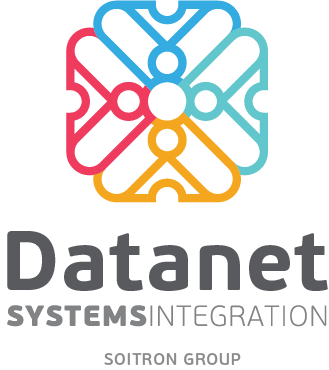
The adoption of Cloud technologies and services is seeing a significant growth at a global level, but only few companies have and/or observe a mature Cloud Strategy, according to a recently released study by International Data Corporation (IDC). (‘CloudView Survey’ was performed on a sample of 3,600 managers in executive positions from 17 countries, 33% from the EMEA area).
IDC’s assessment of the level of maturity of the Cloud adoption is based on a 5 stage classification of the evolution:
- ‘Ad Hoc’ stage: organizations start to learn more about the analysis of the Cloud technologies, about the offers on the market and about the possible benefits; adoption is done as an experiment or to meet immediate requirements;
- ‘Opportunistic’ stage: companies experiment with the Cloud services adopted short-term improvements for accessing IT resources and use them in island implementations and/or for new applications;
- ‘Repeatable’ stage: organizations access quickly and flexibly the IT resources through standardization and using certain self-portal type solutions for accessing Cloud services;
- ‘Managed’ stage: companies implement sets of good practices for the adoption and use of Cloud services, they set up the delivery of services through instruments dedicated by the centralized management;
- ‘Optimized’ stage: organizations have reached the level where the internal departments operate as brokers of innovative IT services and products, delivered to be used internally and/or externally; the process for the optimization and innovation of the business is ensured by the transparent access to IT resources and by using standardized methods for allocating costs per service used.
The mature strategy classification is granted by the IDC to the organizations which are in the last three stages. According to the study, only 25% of the companies which participated to this research are at this level (Repeatable – 16%, Managed – 8%, Optimized – 1%). As opposed to 43% of the organizations which are still in the first stages (Ad Hoc – 32%, Opportunistic – 11%).
The Second Wave
Even though 32% of the participating organizations could not be classified in any of the specified stages, the IDC study says that 2015 represents, chronologically, the debut year of the ‘second wave’ of Cloud adoption. It is a period when the organizations will be focused on assessing the Cloud offer in terms of the business benefits it can offer, with the main focus on improving the revenue increase rate. As opposed to the ‘first wave’ (which started in 2007-2008), when the focus was mainly on observing the main IT metrics principles, obtaining advantageous SLAs and the general decrease of IT costs, these are now considered to be common benefits.
64% for the Hybrid Model
The imminence of the second wave of Cloud adoption is supported by the fact that 64% of the interviewed companies have already adopted or will opt for Hybrid Cloud. The interviewed subjects have indicated that they have adopted various forms of the Hybrid Cloud where data migrates between the Public Cloud and the Private Cloud (48%) and/or use a mix of internal IT resources, Public Cloud and Private Cloud (50%).
According to this study, the adoption of the Private Cloud has a quota of 44%, while the Public model is preferred by 37% of the interviewees.
Since the Hybrid and Private models are the most popular, this means, in the opinion of IDC analysts, that numerous organizations have tested and are already convinced of the benefits offered by them, among the first benefits highlighted by the interviewees being: increased performance in the entire company, improved security level, and cost reduction.
Moreover, ‘CloudView Survey’ indicates that 53% of the interviewees were expecting, in two years time, the Cloud to ensure a consistent increase in the revenues gained by their organizations.
Evolution Continues
‘The Third Wave’, in the opinion of IDC analysts, will be represented by a phase when the organizations will be focused on capitalizing on Cloud services in other manners than those considered as usual for now, like the use of Big Data and Analytics technologies and the use of Internet of Things (IoT) solutions, etc.
Datanet Systems, as a Cisco Gold partner, provides Cisco infrastructure solutions for the implementation of Hybrid Cloud architectures and provides the professional services necessary to the telecommunications operators for creating Hybrid Cloud systems, as well as to the companies, for using them.
For more information please contact us at marketing@datanets.ro.
 The demand in SD-WAN solutions is...
The demand in SD-WAN solutions is...
